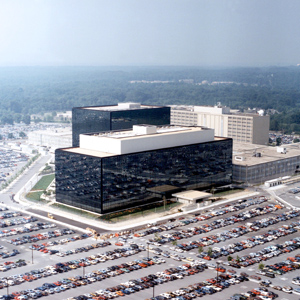PRISM, XKeyscore, and plenty more classified information about the National Security Agency’s vast surveillance program has been dragged into the light since Edward Snowden began his leaks in May. How much data is there? How does the government sort through it? What are they learning about you? Here’s our guide to the NSA’s data-mining.
Most people were introduced to the arcane world of data mining when National Security Agency contractor Edward Snowden allegedly leaked classified documents that detail how the U.S. government uses the technique to track terrorists. The security breach revealed that the government gathers billions of pieces of data—phone calls, emails, photos, and videos—from Google, Facebook, Microsoft, and other communications giants, then combs through the information for leads on national security threats. The disclosure caused a global uproar over the sanctity of privacy, the need for security, and the perils of government secrecy. People rightfully have been concerned about where the government gets the data—from all of us—but equal attention has not been paid to what it actually does with it. Here’s a guide to big-data mining, NSA-style.
SOURCE: popularmechanics.com
The opinions expressed in this post belongs to the individual contributors and do not necessarily reflect the views of Information Security Buzz.



